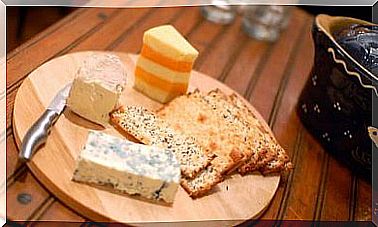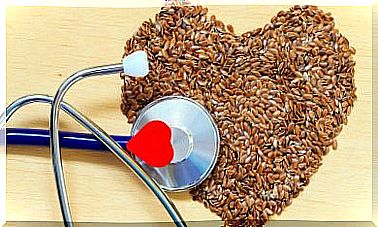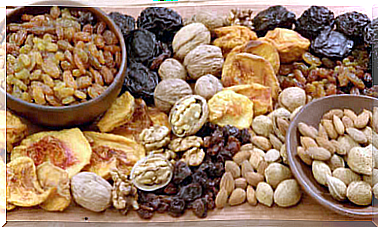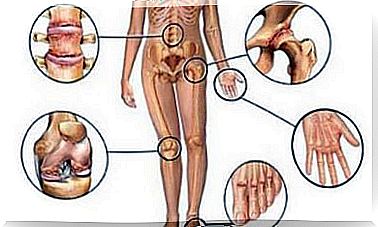Diet In Type 2 Diabetes: What Should It Be Like?
Although diabetes is a chronic disease, it can be treated with adequate nutrition, appropriate physical activity and with drug therapy. We must not only focus our efforts on drugs.
As we already know, diabetes is a pathology that can appear because the body attacks itself and the pancreas loses the ability to produce insulin. Or it can develop through inappropriate lifestyles that, over time, alter the production and use of the hormone.
Considering that diabetes can manifest itself in different ways, we must be clear that type 2 is the most common form of the disease, and is associated with the excessive accumulation of abdominal fat, obesity and physical inactivity.
Diet in diabetes
It should be taken into account that the correct diet is one of the fundamental pillars to treat this disease. We are not only looking for weight loss, but also glycemic control and the prevention of future complications.
We must not forget that a person who developed type 2 diabetes has an alteration in the metabolism of carbohydrates, proteins and fats.
As a first measure, the reduction of calories is sought to try to normalize the weight. In addition to this, the fractionation of the feed is essential. According to the Spanish Heart Foundation, the ideal is to eat 5 meals a day. That is, to specify breakfast, lunch, and dinner, adding two snacks between these meals.
Set a schedule
Implementing schedules that adapt to each one is what will allow to fulfill the diet of the day. The objective of this is to prevent them from spending many hours without eating, thus maintaining normal blood sugar levels. We also prevent hypoglycemia.
In some people, where the glucose alteration is very complicated, it is convenient to add an evening snack.
Take care of carbohydrates
The focus should be directed towards the type of carbohydrates that are consumed, considering that they are essential in the control of glycemia, since they determine up to 50% of the glycemic response.
Whole grains, legumes and tubers are considered the main sources of carbohydrates in the diet. Not only are they rich in starch, but they also contain vitamins, minerals, and fiber. Your ideal portion is a quarter of the plate.
In relation to fruit, the current recommendation is to increase consumption, selecting those with a low glycemic index, and whenever possible, consume them with their peel, without forgetting that this is where the fiber is.
Avoid glucose lowering
As we already mentioned, the drop in glucose can appear at any time, so it is advisable to always have some food available, such as fruit or candy. It should be consumed when the patient detects that they are having a glycemic drop.
Counting carbohydrates is an extremely effective tool to prevent, and should be worked in the hands of a professional.
Foods that are included in the type 2 diabetes diet
In addition to those already mentioned, you can consume:
- Vegetables: they should occupy half of the plate.
- Dairy: without sugars or with suitable sweeteners, preferring low-fat ones.
- Lean meats, eggs, and cheese.
- Seeds, nuts and oils.
- Canned goods: no added sugar.
- Jams and sweets: with permitted sweeteners.
Hydration
One aspect that should not be neglected is hydration. In general, people with diabetes suffer from polyuria (increased amount of urine), so it is essential to drink water throughout the day.
Those sugar-free drinks, infusions such as tea, mate or coffee are also allowed, provided they are sweetened with permitted sweeteners. Occasionally, fruit drinks can be drunk with water.
What should be avoided?
- Alcohol: because it has a high hypoglycemic power, especially when food is not consumed.
- Tobacco: since it not only damages anyone, but in diabetics alterations in the blood and blood vessels can have long-term consequences.
- Excess salt : let’s not forget that, like tobacco, it can increase blood pressure.
Scheduled feeding as the key
In conclusion, planned eating is one of the pillars of type 2 diabetes treatment. Without it, it is difficult to achieve metabolic control, even if hypoglycemic drugs are used. In many cases, together with exercise, it is the only therapeutic measure.









